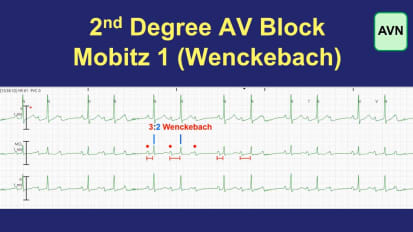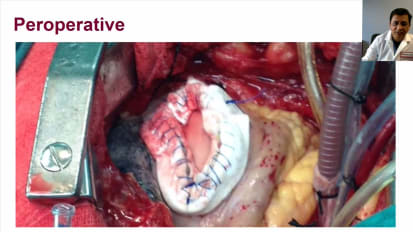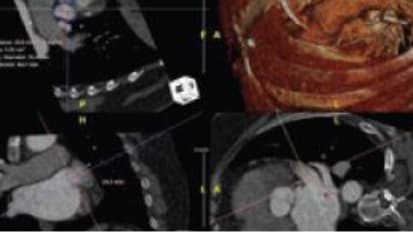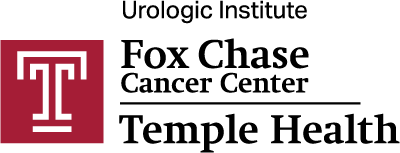Search Videos and More
 Course
Course
Diagnosing the Apical Variant of Hypertrophic Cardiomyopathy
A 60-year-old man with a history of hypertension was admitted to the hospital after three days of a drooping face and right arm weakness. He had no chest pain or shortness of breath, and no prior history of irregular heartbeat. However, his echocardiogram was abnormal, and his high sensitivity troponin level was mildly to moderately elevated. Doctors ordered STAT echocardiogram with saline contrast, but the initial images were perplexing – normal left ventricle function, no evidence of systolic anterior motion, and nothing to suggest an LVOT obstruction. Video
Video
REBIRTH Trial: Evaluating Bromocriptine Therapy for Peripartum Cardiomyopathy
In this presentation, Dr. Deborah Crabbe, Cardiologist at Temple University Hospital and Professor of Medicine at Lewis Katz School of Medicine at Temple University, outlines the REBIRTH Trial, a randomized trial that reviews the use of bromocriptine therapy for the treatment of peripartum cardiomyopathy (PPCM) Video
Video
Multidisciplinary Group Approach to Managing Pregnant Patients with Cardiovascular Disease
Cardio obstetrics requires a multidisciplinary, patient-centered approach to managing heart failure and other cardiovascular issues in pregnant patients. Video
Video
Telemetry Tips Part 4: Sinus Node Dysfunction
In this video, Dr. Joshua Cooper, Director, Cardiac Electrophysiology, Temple University Hospital, reviews patterns of sinus node dysfunction, as well as fake-outs -- including hidden ectopic beats, vagal events, and accelerated junctional rhythm. Video
Video
Telemetry Tips Part 1: Atrial Flutter and Atrial Tachycardia
Atrial flutter & atrial tachycardia with 2:1 and 1:1 AV conduction is mistakenly called "sinus tachycardia" and is often missed. Video
Video
Telemetry Tips Part 3: Electrical Artifacts
Electrical artifacts – or measured cardiac potentials that are not related to electrical activity of the heart – can mimic a wide range of arrhythmias and are seen in 100% of patients on telemetry. Video
Video
Telemetry Tips Part 2: Mobitz 1 Block vs. Mobitz 2 Block
Dr. Joshua Cooper, Director, Cardiac Electrophysiology, Temple University Hospital, takes a deep dive into distinguishing Mobitz 1 from Mobitz 2 block, specifically on if a heart block is occurring in the AV node or in the His-Purkinje system. News
News
Aortic Dissection
Aortic dissection involving the ascending aorta (type A) is a life-threatening emergency that should usually be treated surgically. In type A dissections, mortality can be up to 80%, and can be reduced to 10-20% through surgical treatment. News
News
Referral Protocol for Pulmonary Hypertension, Right Heart Failure, and CTEPH Program at Temple
When it comes to identifying and treating the complex causes of pulmonary hypertension and its and affiliated conditions, the Temple Heart & Vascular Institute is the clear choice for your patients. Video
Video
Successful Surgical Repair of Giant Left Ventricular Aneurysm With Porcelain Left Ventricle
Dr. Kewal Krishan, a senior cardiac surgeon at Temple Health, reviews successful repair of calcific left ventricular aneurysm with with porcelain ventricle. News
News
Advanced Diagnosis and Therapy for Chronic Thromboembolic Pulmonary Hypertension (CTEPH) in 20-year-old patient
A healthy, 20-year-old male from Georgia began suffering from shortness of breath, chest pain, and syncope. Patient had no known history of DVT or PE, but a CT scan revealed 'extensive pulmonary emboli.' News
News
Advanced Diagnosis and Therapy for Paroxysmal Atrial Fibrillation and Chronic Blood Loss Anemia
78-year-old Temple Heart & Vascular patient regains life with WATCHMAN device
